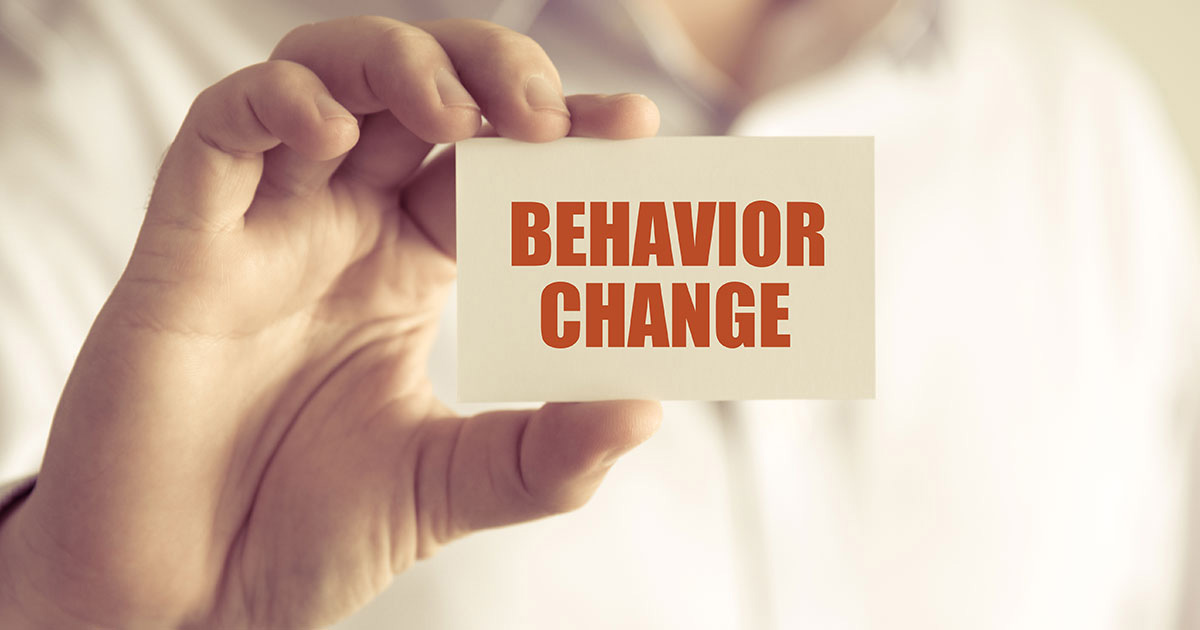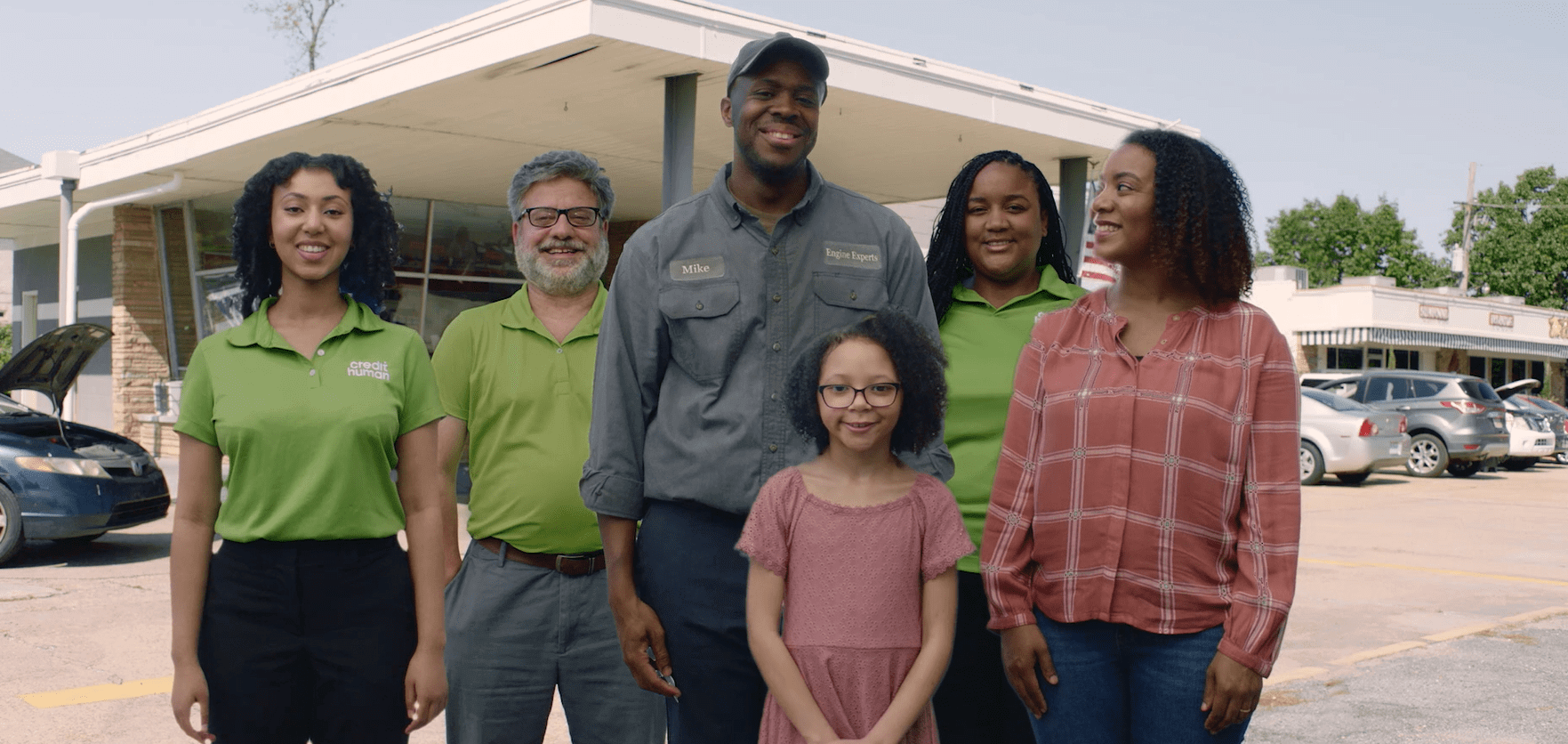Changing Our Behaviors to Save
Using a tried-and-true model to create sustainable change in our financial habits.

One of the best-known approaches to behavior change is the Stages of Change model. Using this model, we can work to change our current financial habits to more mindful saving, spending, planning and borrowing behaviors.
Stages of Change:
1. Precontemplation – Unaware behavior keeps you from reaching your financial goals. It's important to reflect on our financial situation and recognize the impact of our spending habits on our overall financial health. Look for where you may be overspending or making impulsive purchases without considering the long-term consequences. Are you running out of money quicker than expected?
2. Contemplation - Assessing the benefits of change. In the contemplation stage, consider the potential benefits of making some changes to your current financial habits. Visualize the positive impact it could have on your financial goals and overall quality of life. Ask yourself questions like, "How would reducing financial stress improve my well-being?" or "What financial goals could I achieve by making different spending choices?”
3. Preparation – Planning and taking small steps. Once you've decided to make a change, it's time to create a plan to reach your goals. What does financial slack mean to you? Having a cushion for emergencies, saving for a specific purchase, reducing debt or investing for the long term? Outline actionable steps such as creating a spending plan, tracking expenses or seeking personalized financial guidance from a Member Relationship Specialist at a Financial Health Center.
4. Action - Implementing plan. The action stage is where you put your plan into motion. Start making conscious decisions about how you’re spending money. Prioritize essential expenses and identify areas where you can cut back. Consider setting up automatic transfers to your savings account and tracking your spending. Seek support from trusted friends and family.
5. Maintenance - Sustaining new behavior. Maintaining new money habits can be challenging, but consistency is key. The maintenance stage requires ongoing effort. Review your progress regularly, adjust as needed and celebrate small victories along the way.
6. Relapse – Falls back into old behaviors. Life is always evolving so setbacks can happen to anyone. It’s important to recognize that setbacks may happen but staying focused on your long-term goals will help you from getting discouraged. The Stages of Change model operates like a cycle. Relapse or exiting the cycle can happen at any point. Identify the triggers that set you back, recognize your barriers to success and reaffirm your goals and commitment to change.
Changing unwanted financial habits is a difficult journey that requires commitment and persistence. By understanding the stages of behavioral change and implementing effective strategies, you can build financial slack and reduce financial stress. We’re here to support you every step of the way.



